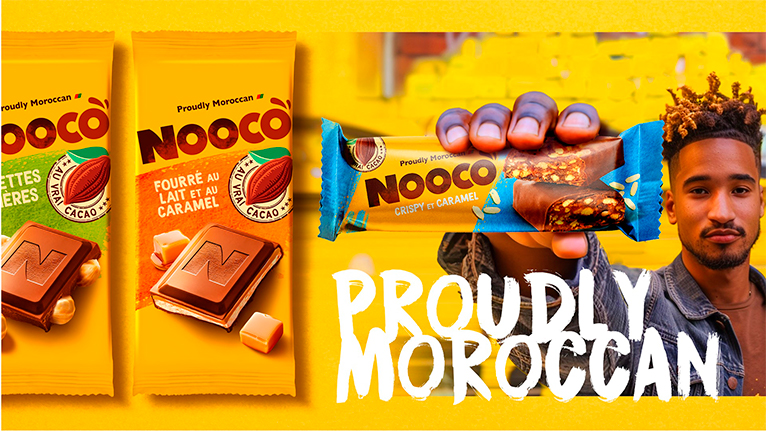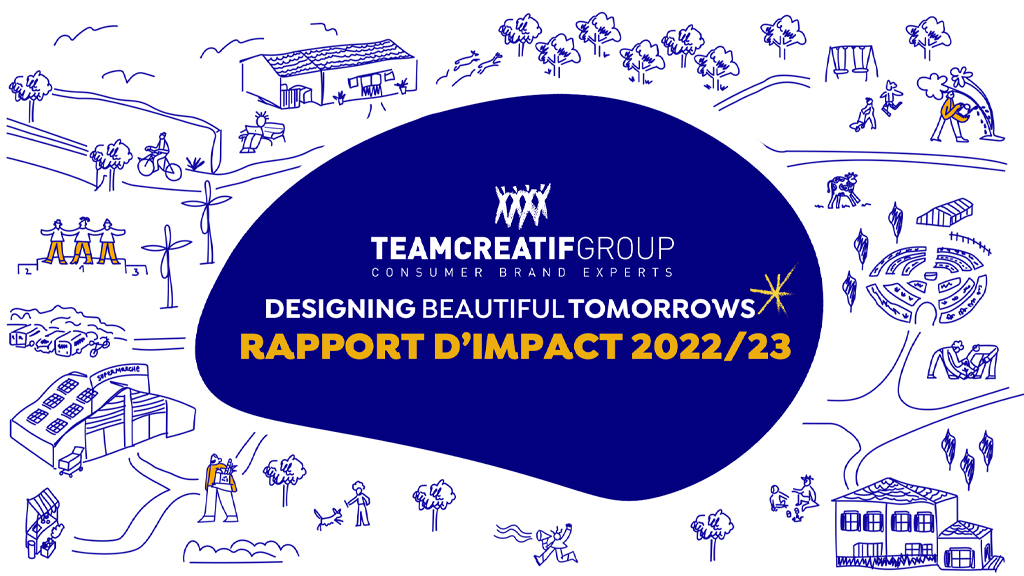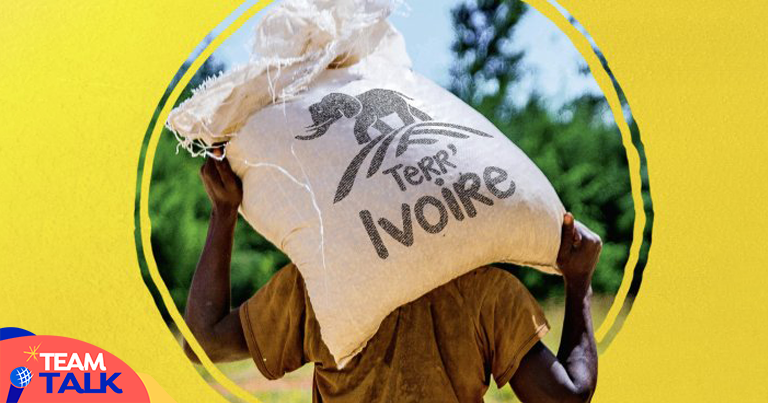
The Terr’Africa and Terr’Ivoire brands were created to promote the food of local producers on African markets. A long-term project carried out by the branding agency : Team Créatif.
Also to read : Africa and CSR, 2 topics for the future for Team Creatif, Sylvia Vitale Rotta for INfluencia
A look back at the Terr’Africa project
Abidjan, summer 2022. Its yellow and beige packaging catches the eye on the shelves of stores and on the stalls of street vendors : the dried mango sold under the Terr’Ivoire brand is looking for its first customers. This market test is the culmination of a long-term process, initiated two years ago by the International Fund for Agricultural Development (IFAD), linked to the United Nations, with the branding agency Team Créatif. “In 2020, our founder Sylvia Vitale Rotta, who was born in Africa, met with IFAD. They discussed the need to create a brand to promote local producers and help them develop their products,” says Françoise Jolivet Foste, the agency’s international development manager. A 100% African brand, which is not intended to be sold on other continents. And beyond the brand, it is the whole structuring of a sector that we wanted to support. The project concerns the entire value chain, from production to distribution. Beyond the brand, the ambition was to federate producers, build transportation and distribution networks and structure distribution. Initially, the stakeholders worked on the attiéké (cassava semolina) sector, before focusing on mango.
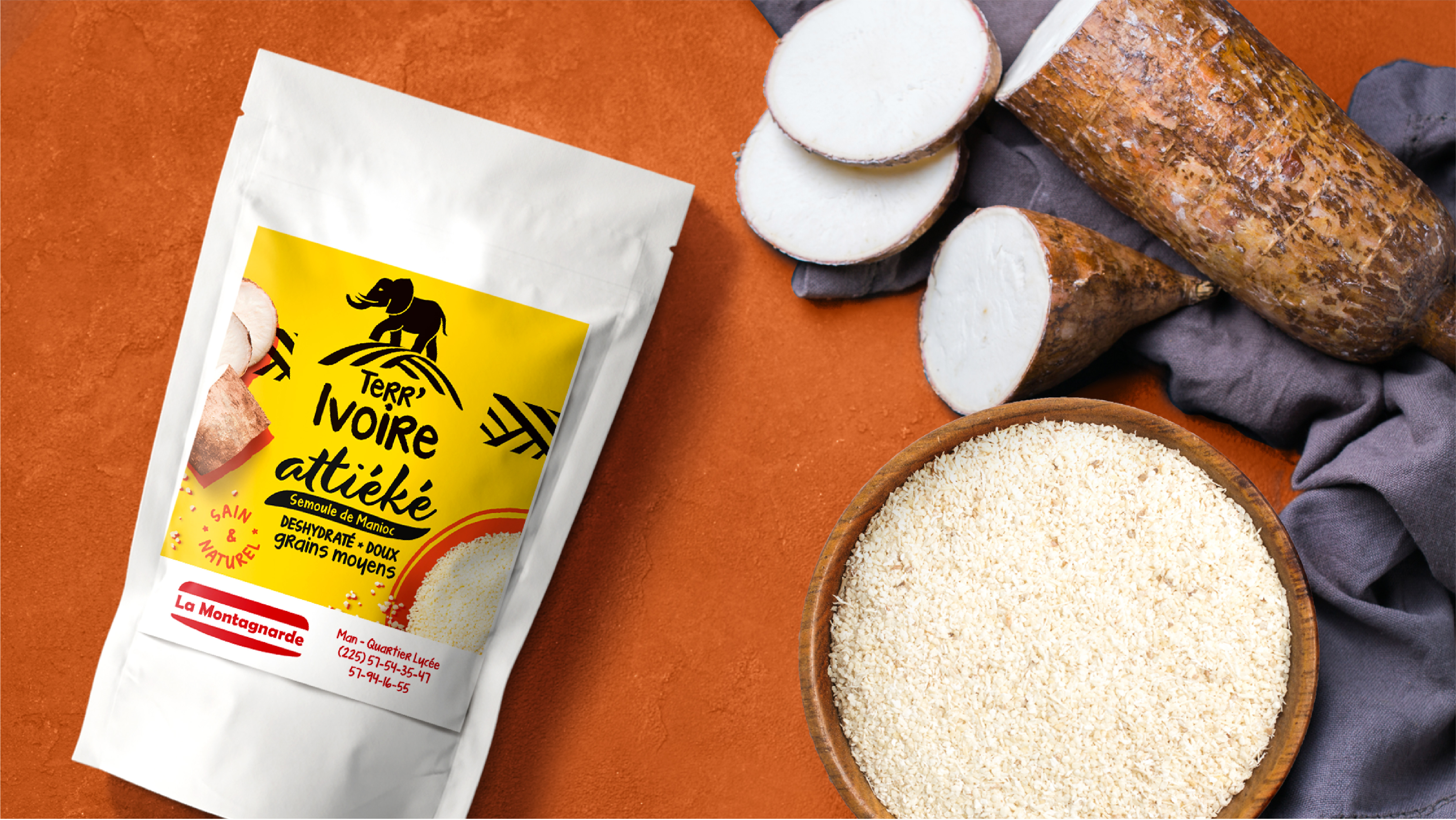
Also to read : Terr’Africa, a brand to fight against hunger
“The Ivory Coast produces 160,000 tons of mangoes per year, of which only 40,000 are marketed,” observes Ismaïla Cissé, director of strategy and resource mobilization at Ivory Coast PME, an agency that helps businesses develop (not integrated into the Terr’Ivoire project). A lot of fruit is lost because the value chain has not been built. Production is relatively far from the port areas and buyers have to be found. In addition, “producers are not industrialized, the mango is often cut by hand by women, in very small factories,” says Françoise Jolivet Foste.
Our work as a design and branding agency
In this context, the agency went beyond its usual prerogatives. “To my knowledge, there was no call for tenders, but a methodology validated by the Fida, which only works with hand-picked suppliers,” notes the manager. In its field of expertise, the company was involved in the strategy and creation of the brand as well as in packaging consulting. “We needed to create a brand that would unite several countries by giving the continent its own identity,” she says. A “unifying” brand, Terr’Africa, was thus created, which can be adapted to the countries where it will be developed, such as through Terr’Ivoire for the Ivory Coast. The agency also selected the colors, typography and graphic elements, including an elephant, considered symbolic of the continent. For the packaging, the agency developed suitable bags. It reserves the communication work for when the brand is launched on a large scale.
Also to read : The urgency for design to serve small holder farmers in Africa
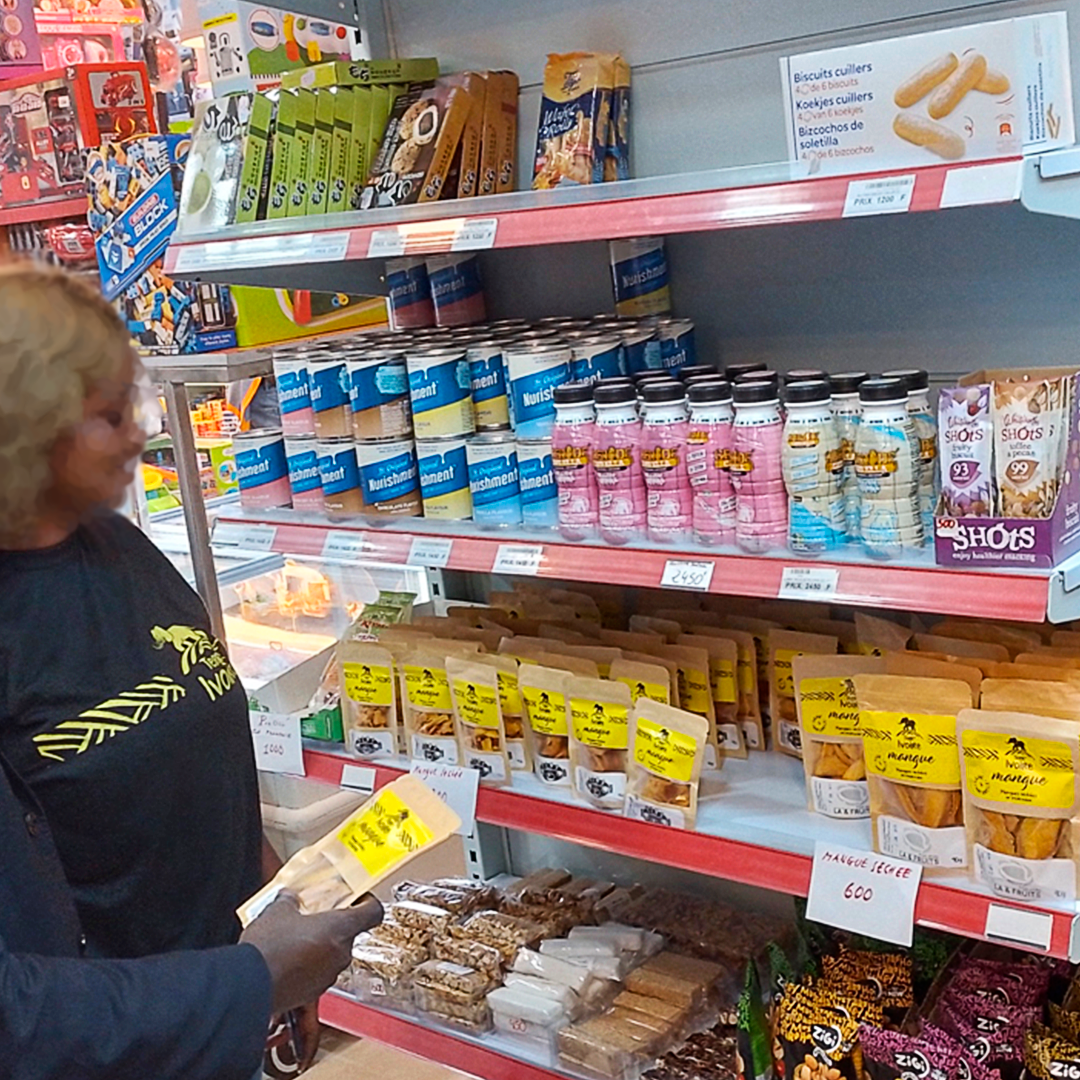
More unusual for a branding agency, Team Créatif also helps local producers, whom it has met several times, to optimize their organization. “A field work with recommendations on how to produce better, make the place more pleasant, respect the hygiene standards, structure themselves”, summarizes Françoise Jolivet Foste. For its part, Ivory Coast PME is working on a project that aims more specifically to connect buyers and sellers of mangoes, via a web platform. This platform, financed by the European Union, will also be used to provide information to its users. “We have just signed the feasibility campaign, it is a project for the end of 2023,” says Ismaïla Cissé. As for last summer’s test ? The results are currently being analyzed, before a larger-scale rollout desired in 2023. Between 30 and 40 stores and street vendors participated and between 5,000 and 6,000 bags were sold in three months.
